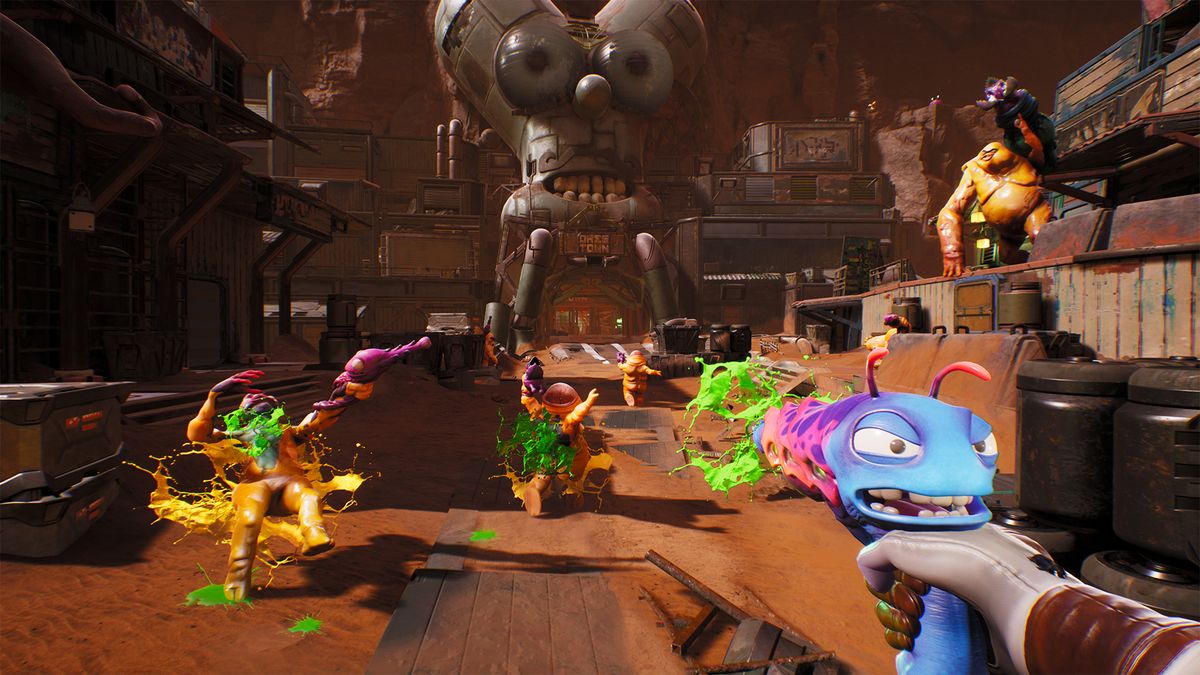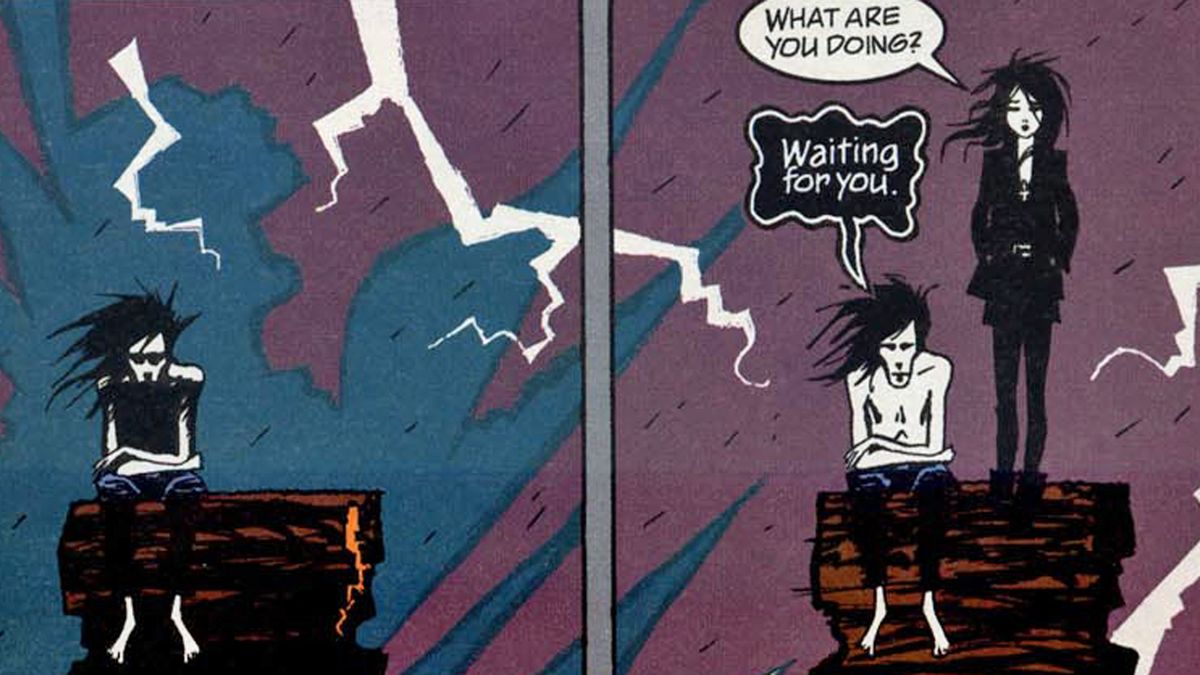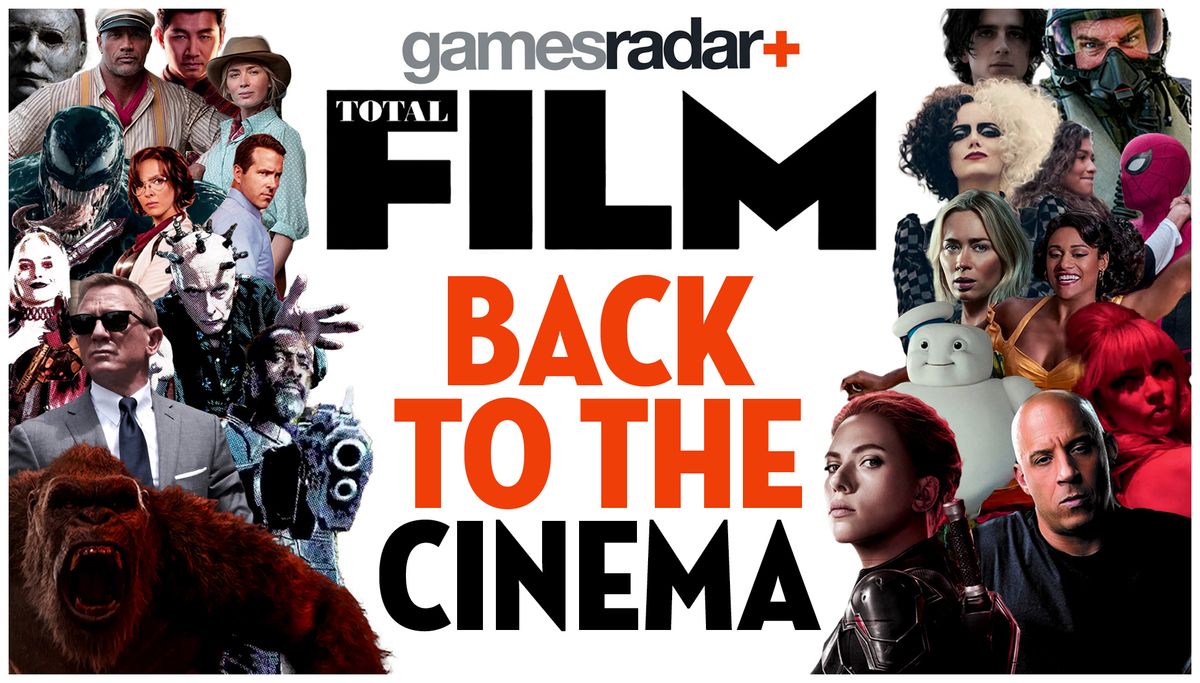.
2000
Gladiator

(opens in new tab)
For recreations of Rome and the Coliseum, Ridley Scott turned to Mill Film for a number of digital matte paintings and set extensions. For the 360-degree camera sweep around the amphitheatre, only a third of the set was physically constructed, with the rest CG. To create the remainder of the theatre, the team used blueprints from set designs and texture references from the live action shoot.
The Perfect Storm

(opens in new tab)
Wolfgang Petersen’s film took CG water to the next level, with its depiction of stormy seas, and an end sequence featuring a huge 100ft wave that finally capsizes the fishing boat. In total, the film featured 90 completely CG shots, all of which include water elements, A further 220 shots required CG seas to be composited with live-action footage shot on a huge, moveable fishing boat set. A custom fluid dynamics system was developed to create a realistic ocean, with various other shaders and plug-ins written in-house.
Hollow Man

(opens in new tab)
The film boasts some 400 effects, from relatively simply tracking and bluescreen shots where Bacon’s latex mask is seen to be empty, through to sophisticated effects where the invisible man’s body is highlighted only by water or smoke. But the standout VFX scenes are those showing the transformation from solid body to invisibility, revealing layers of skin, organs and bone, gradually disappearing. Sony Pictures Imageworks’ custom volume rendering system enabled the VFX crew to replicate an entire human in intricate detail, where all the veins and organs move and react properly to the movement of the character.
O Brother, Where Art Thou?

(opens in new tab)
The first feature film to be entirely digitally colour-corrected, giving the movie a washed-out, sepia-tinted tone.
2001
Shrek

(opens in new tab)
The full-length CG animation becomes the first film to win the inaugural Oscar for Best Animated Feature, introduced that year.
A.I. Artificial Intelligence

(opens in new tab)
Spielberg’s tour de force of CG and digital VFX is crammed with beautiful effects, such as the skeletal mecha with realistic facial facades, a neon-lit Rouge city and scenes of a flooded New York. But it also features an unexpected coda when, we are swept along on a journey through an ice-bound Manhattan, which is being excavated from a vast glacier. The opening 60 seconds of the flight across the ice field is actually footage from the movie Firefox , matchmoved by hand with simple CG buildings, but the rest of the trench flight is fully CG.
Final Fantasy: The Spirits Within

(opens in new tab)
Recognised as the first completely CG photorealistic movie, The Spirits Within had much to commend it: the production design and action sequences were tremendous. But although huge advances were made in the depiction of human skin, hair and movements (characters had moles, veins, wrinkles and so on), they still weren’t quite convincing, remaining steadfastly on the wrong side of the uncanny valley. The film took four years to make, but recouped just over half of its £135 million budget and resulted in the closure of Square Pictures.
Jimmy Neutron: Boy Genius

(opens in new tab)
The first feature-length CG film created using off-the-shelf hardware and software that anybody could buy commercially – primarily NewTek’s LightWave 3D and messiah:studio.
The Lord of the Rings: The Fellowship of the Ring

(opens in new tab)
Mammoth CG battle sequences became all the rage and Weta Digital used every CG trick in he book to help bring Tolkien’s Middle-earth to life. But the truly groundbreaking effects would have to wait for the sequels…
2002
Spider-Man

(opens in new tab)
In the final battle between Spider-Man and the Green Goblin, CGI was used to change the colour of the blood pouring from Spider-Man’s mouth into spit. This was to ensure a PG rating. The film is full of breathtaking effects, but somehow the CG Spidey never quite overcomes looking a bit too cartoony (which is a shame, as the film boasts the most extensive use of CG body doubles yet). Appearances of the Twin Towers in the original cut were digitally removed after the events of 9/11.
Star Wars Episode II: The Attack of the Clones

(opens in new tab)
The first feature film completely shot and exhibited in digital HD video.
ET: The Extra-Terrestrial Special Edition

(opens in new tab)
As well as allowing Spielberg to create a CG ET in some scenes, giving him extra flexibility and movement, the director also digitally removed FBI agents’ guns and replaced them with walkie-talkies (above). The CG updating is something Spielberg now regards as unnecessary (and he actively encourages people to watch the original) but the message doesn’t seem to have filtered through to his mate George…
Minority Report

(opens in new tab)
With the exception of the thrilling vertical car chase sequence, much of the CG in Minority Report is quite subtle. However it is notable for the realistic portrayal of its interactive holographic displays, which redefined the idea of the virtual computer interface.
Treasure Planet

(opens in new tab)
This $140,000 Disney animation comprised a mixture of traditional hand-drawn animation with CG ships and props – such as John Silver’s cyborg hand. It’s the first film to debut in both standard and IMAX formats on the same day. However this didn’t prevent it being a box-office failure.
The Lord of the Rings: The Two Towers

(opens in new tab)
Gollum was created using the most complex motion capture system yet, reproducing actor Andy Sirkis’ movements and expressions to give the character a much more believable acting performance. Indeed, many people called for Sirkis to be nominated for a best supporting actor award, but it was not to be. The film was also the first to use MASSIVE (Multiple Agent Simulation System in Virtual Environment), a program developed by software engineer Stephen Regelous for Weta. The software creates thousands of individual artificially intelligent “agents” that operate autonomously – avoiding objects, fighting, or in one instance even surveying the ensuing carnage and legging it. Motion capture sequences were linked to each agent, which drove the animation of the hordes of CG Uruk-hai.
2003
Finding Nemo

(opens in new tab)
Regarded by many as Pixar’s finest hour, Finding Nemo was a box-office smash, raking in $868 million worldwide, and bagging an Oscar for Best Animated Feature. The beautiful depiction of the ocean world, from the coral reef to the vast ocean seabed to the Australian coast still makes impressive viewing.
The Matrix Reloaded/Revolutions

(opens in new tab)
Reloaded introduced Universal Capture (or U-Capture) for the spectacular fight scene in which Neo has to fight hundreds of Agent Smith clones. U-Capture (which is a bit like motion capture but without the need for the actor to wear a motion capture suit) involved filming actor Hugo Weaving (Smith) with five digital cameras from various angles, feeding the images into a computer, and then getting the computer to work out what he would look like from any angle in any position.
Hulk

(opens in new tab)
ILM’s work on the Ang Lee’s superhero flick raised the bar for the quality of its central CG character, which needed to deliver an emotional performance in close-up, and also interact believably with an outdoor environment. Using both Maya and Softimage 3.9, ILM built complex animation rigs incorporating multiple texture layers, sub-surface scattering, and skin that slides realistically over the underlying muscles. And this was back when ILM only had 1,500-processor renderfarm, remember. You might argue the sequel is a better film (we wouldn’t), but this Hulk certainly looked the part.
The Lord of the Rings: The Return of the King

(opens in new tab)
The final chapter in the Rings saga built on the work achieved in its predecessors, raising the stakes in the amount and scale of the CG work, culminating in the huge Battle for Pelennor Fields.
2004
The Day After Tomorrow

(opens in new tab)
50,000 scanned photos of a 13-block area of New York were used to create a 3D, photorealistic model of the Big Apple so it could be destroyed by a digital tsunami and then frozen. The film also featured the longest ever CG flyover shot for the opening ice-shelf scene.
Spider-Man 2

(opens in new tab)
Around $54 million of the film’s budget was spent on digital effects, including a sensational battle between Spider-Man and Doctor Octopus on a moving train. Sony Pictures Imageworks was responsible for the 218 shots that feature the mechanical arms, built in Maya. To convey the limbs’ power, the team created custom fracturing algorithms which generated controllable chunks of masonry wherever the tentacles struck. They still couldn’t get the CG Spidey to look any more realistic, though.
Sky Captain and the World of Tomorrow

(opens in new tab)
To bring his personal vision to the big screen, writer/director Kerry Conran decided to make the film independently, with his own money and funding from Aurelio De Laurentiis. To keep the budget under control it was largely shot on bluescreen stages with the sets, backdrops and action sequences being added digitally. The film features some 2,000 VFX shots which were completed in just one year – including a posthumous performance by Laurence Olivier, created digitally using BBC archival footage. Live action was shot in just 26 days using a Sony HD video camera, and then composited/edited on standard Apple Macs using Adobe After Effects and Final Cut Pro. Despite flopping at the box office, Sky Captain showed that large-scale blockbusters were becoming easier and faster to create using advances in affordable CG.
The Polar Express

(opens in new tab)
This was the first CG animated film to use motion capture (here renamed performance capture) for every single character. The big step forward here was that multiple actors could be filmed at once using a number of digital cameras placed around them to give 360-degree coverage. The film was also released in IMAX 3D on the same day as the standard cinema version. Despite the spooky dead-eyed characters, the film has garnered a cult following.
The Incredibles

(opens in new tab)
This was the first Pixar film to star several human characters in main roles. It also won two Oscars, for Best Animated Feature and Best sound Editing.
2005
Star Wars Episode III: Revenge of the Sith

(opens in new tab)
The Star Wars saga finally reaches it climax, with another CG-packed extravaganza. On release it held the world record for the number of effects shots, at 1,252. A record it held for precisely seven months until Peter Jackson’s King Kong came out later that year. Again, the film was intensively VFX-laden, kicking off with an unbroken 75-second tracking shot as Obi-Wan and Anakin hurtle through the melee of Republic destroyers and Confederate navy warships. Set high above the city world of Coruscant in the upper atmosphere, supervisor John Knoll explained that the location gave the effects team the chance to employ fire and smoke trails that would look out of place in the vacuum of space.
War of the Worlds

(opens in new tab)
Spielberg re-imagining of the HG Wells story is included here, mainly because of the fantastic photoreal quality of the CG tripods and the grim efficiency of the human vapourisation effect. That is all.
The Chronicles of Narnia: The Lion, the Witch and the Wardrobe

(opens in new tab)
The first in the Narnia trilogy is notable for its realistic portrayal of a variety of half-human, half-animal creatures, plus an effective all-CG lion. The final 20-minute battle between Aslan and the White Witch, is prefaced by a stunning head-on charge in slow motion and which features over 40 distinct different CG characters. Rhythm & Hues used the MASSIVE software to create tens of thousands of creatures, taking six to eight weeks to shoot with each frame needing nearly ten hours to render. ILM utilised Maya for the numerous character rigs and Maya’s Hair & Fur to create hundreds of horse tails and Minotaurs.
King Kong

(opens in new tab)
Peter Jackson once again called upon Andy Sirkis to perform motion capture duties, this time for the film’s eponymous ape. The movie boasts some stunning CG work, but is let down by overcomplicated camera work and some occasionally dodgy compositing, especially during the overlong dinosaur stampede. A new digital sculpting tool called Mudbox was developed especially for the movie, and is now available to buy from Autodesk. The more than 3,200 final shots in the film were culled from 3 million feet of live-action footage and 2,510 visual effects shots. It held the record for the largest number of VFX shots in film until dethroned by Avatar in 2009.
And the final page brings us bang up to date…
.
 Game News Video Games Reviews & News
Game News Video Games Reviews & News



